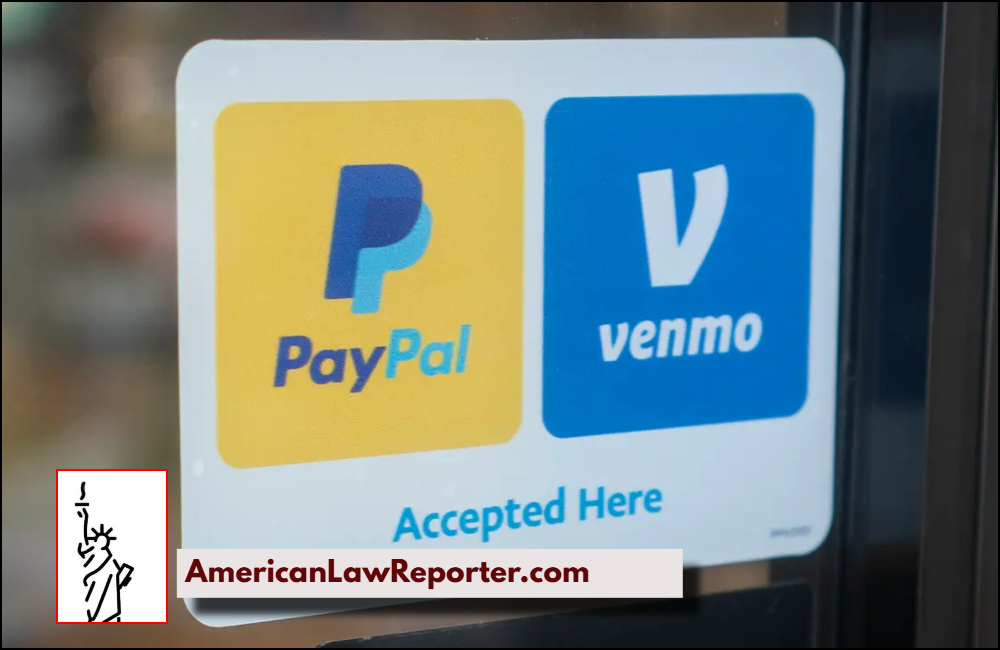In a move that blends digital convenience with fiscal patriotism, the U.S. Department of the Treasury has officially expanded its “Gifts to Reduce the Public Debt” program by allowing Americans to contribute directly to the national debt using Venmo and PayPal.
The program, which quietly launched its updated payment options in late July 2025, now enables users to make voluntary, tax-deductible contributions via the Pay.gov portal. This development comes as the national debt surpasses $36.7 trillion, according to figures cited by Fox Business and LiveMint.
From Symbol to Swipe: How It Works

Through Pay.gov, users can now donate as little as $1, and each contribution is accompanied by an IRS-compliant receipt, qualifying it as a charitable donation. While this program has existed since the 1960s, the Treasury’s Bureau of the Fiscal Service confirmed that the digital payment expansion is aimed at “modernizing civic engagement” and making it easier for citizens to “give back.”
Despite the new options, the total sum collected through the program remains modest—just $67.3 million since inception. Nevertheless, as Yahoo News reports, Treasury officials hope that integrating widely used mobile platforms may encourage more micro-donations from younger Americans familiar with digital wallets.
No Crypto, No Comment: Treasury’s Measured Approach
While the Treasury embraced PayPal and Venmo, cryptocurrency donations were excluded from the update. This aligns with the government’s current regulatory framework, which still lacks a clear roadmap for crypto donations in official transactions. As noted by LiveMint, no plans have been announced to incorporate blockchain-based payment methods, signaling a conservative approach to fintech integration.
Interestingly, neither PayPal Holdings Inc. (PYPL) nor its subsidiary Venmo have issued any public statements about their role in the program. Despite the lack of fanfare, Pay.gov confirms the functionality of both platforms, suggesting a quiet but functional partnership between government and private-sector payment firms.
Mixed Reactions and Public Discourse
Public and expert responses have ranged from admiration to ridicule. Critics, including high-profile economists like Ray Dalio, argue that such symbolic gestures offer no real path toward deficit reduction, calling instead for comprehensive fiscal reforms. Others defend the initiative as a low-barrier gateway to promote civic awareness about national debt and government spending.
On social media, reactions have skewed sarcastic. Some users described the initiative as the government “passing around a digital tip jar,” while others saw it as an example of the privatization of national responsibility. Still, a small but growing group of donors sees it as a form of “fiscal patriotism” amid political gridlock on budget reform.
Larger Implications: Civic Tech or Policy Theater?
From a legal and policy perspective, the move raises important questions about the role of voluntary contributions in public finance. Does allowing citizens to donate to reduce the federal debt change anything structurally? Not likely. But as a policy tool, it does mark an effort to engage citizens in symbolic ways, potentially fostering long-term shifts in public attitudes toward fiscal responsibility.
Legal scholars note that while the donations are completely voluntary and legally non-binding, the Treasury’s use of popular fintech apps places it at the intersection of administrative law, digital commerce, and public engagement.
Modern Tool, Minimal Impact
While the integration of Venmo and PayPal may not close the federal deficit, it reflects a government experimenting with digital civic engagement in an era where micro-payments and mobile donations are the norm. Whether it becomes a model for other public finance initiatives—or a curious footnote in fiscal history—remains to be seen.
For now, Americans can contribute to the national debt one dollar at a time, one tap at a time.

